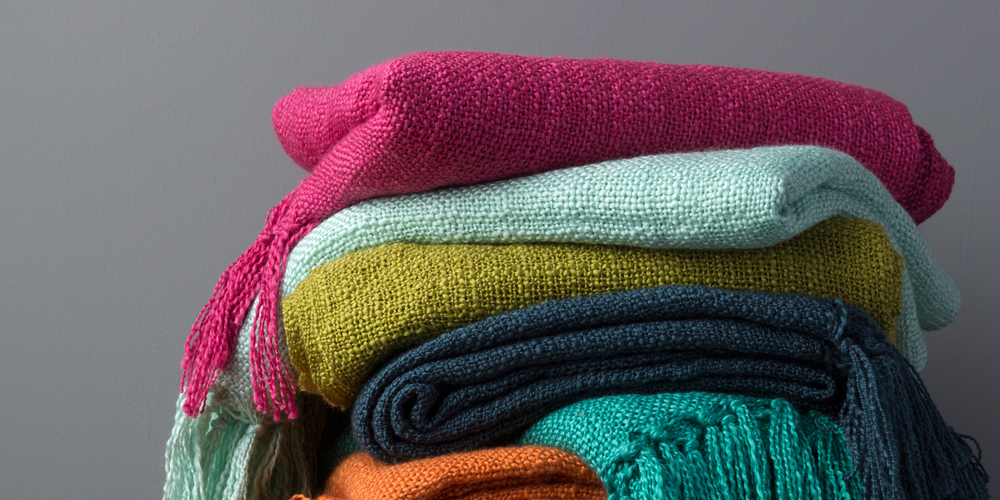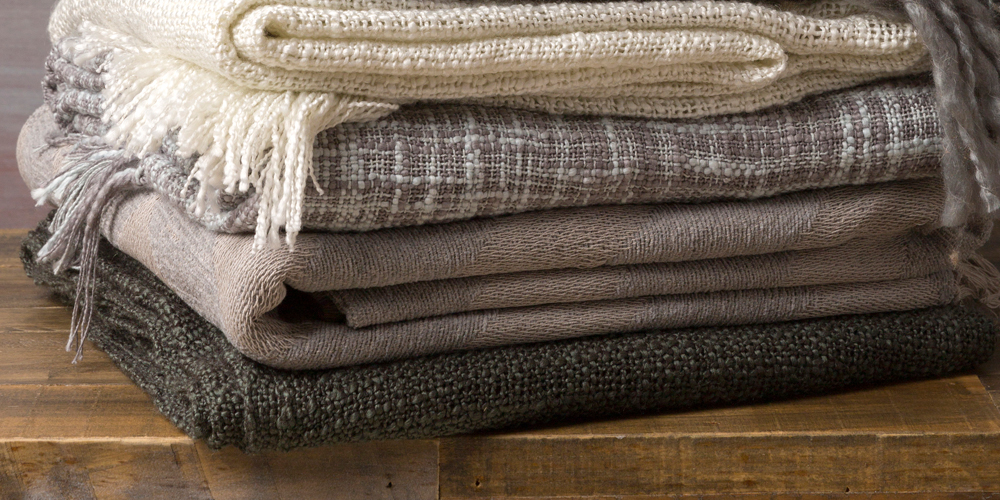



Bed sheets provide a comfortable base for your bed, providing warmth, insulation, and comfort, which contribute to a good night’s sleep. Since your bed is the most personal place in your life, finding the right sheets will make a large impact on the comfort of your bedroom. Bed sheets generally refer to a fitted sheet, which covers your mattress, and a flat sheet, which covers your body. Bed sheets are available in a number of sizes, fabrics, weaves, and colors. Every attribute affects the quality and value of bed sheets.
Measuring your mattress will ensure a good fit so that fitted sheets and flat sheets properly fit your bed. The following guideline will help you select the ideal sheet size set to purchase according to the size of your mattress.
Size
Measurements
Twin
38 inches x 75 inches
Twin XL
38 inches x 80 inches
Full
54 inches x 75 inches
Queen
60 inches x 80 inches
King
76 inches x 80 inches
California King
72 inches x 84 inches

Bedding and sheet quality will make a big difference when it comes to the comfort of your bed. Thread count, fabric material, and weave type are aspects to consider when finding the right balance of durability and softness for your bed.
Thread count is often used to describe the quality of the fabric, but is not an accurate indicator of true quality.
FACT: Thread count indicates the number of threads per square inch.
MYTH: While a higher thread count indicates a heavier, more durable fabric, it does not indicate the softness or smoothness of the fabric.
GOOD TO KNOW: A thread count of 200 or higher is a good place to start for standard quality sheets. However, regulatory guidelines for advertised thread counts are not controlled. This means that multi-ply threads, where 2 or more thinner threads are woven together to create a regular-size thread, are advertised as higher thread counts. A 200 thread count can be advertised between 400-800 thread count.
Each weave has a characteristic feel that will determine its overall comfort.
Depending on what you are searching for, bed sheets are made from a variety of materials that will determine how comfortable you are at night. This fabric guideline outlines the varying characteristics of the most common fabrics used for bedding to help determine the best bed sheets that will appeal to you.
Benefits: Highest quality cotton, unmatched durability, valued for luxurious softness
Good to Know: Also known as “extra long staple”, or ELS cotton, for its long fibers (or staples). Certified Egyptian cotton is grown in Egypt, and has earned its reputation for luxury and quality in the marketplace.
Benefits: Silky, soft, natural sheen, considered second only to Egyptian cotton in quality
Good to Know: “Supima” is a trademarked name for 100% pima cotton. Pima cotton has an extra-long staple, and is grown in the United States, Australia, and Peru 100%
Benefits: Cotton sheets at an economical price point
Good to Know: Refers to shorter-staple cotton which gives this fabric a rougher weave. It is less durable and more prone to signs of wear such as pilling
Benefits: Naturally hypoallergenic, sustainably grown, extremely durable, better breathability and temperature control than cotton, wool, or synthetic fabrics, lower price
Good to Know: Made with viscose rayon from bamboo, the smooth, round fibers of this fabric are naturally antibacterial and hypoallergenic, for non-irritating, luxurious softness.
Benefits: Lower price, durable, wrinkle-resistant, natural stain repellant
Good to Know: Microfiber refers to the size of synthetic fabrics, and not the specific material which means that microfiber sheets can vary widely in quality and character.
Benefits: Affordable, very durable, wrinkle-resistant; best for situations that require frequent laundering
Good to Know: The most common blend is cotton/polyester. A blend up to 80% cotton/20% polyester is a fine choice that balances comfort and durability, and is great in places that experience heavy wear such as children’s bedrooms.
Benefits: Silky, soft, durable
Good to Know: This high-strength fiber is made from the pulp of beech trees.
Benefits: Smooth, sleek, luxurious
Good to Know: Satin and silk are not graded by thread count. Satin is a weave (not a fiber), and can be woven from wool, cotton, polyester, and silk fibers. Silk is graded by “momme weight”, and exhibits an extra-long staple which makes it extremely strong. Higher momme weight indicates more silk has been used in the weave. Silk bed sheets usually have a 16 to 19 momme weight.

Protecting and caring for your bed sheets and linens will help extend its life, as well as create a sanitary environment suitable for a comfortable night of sleep.



